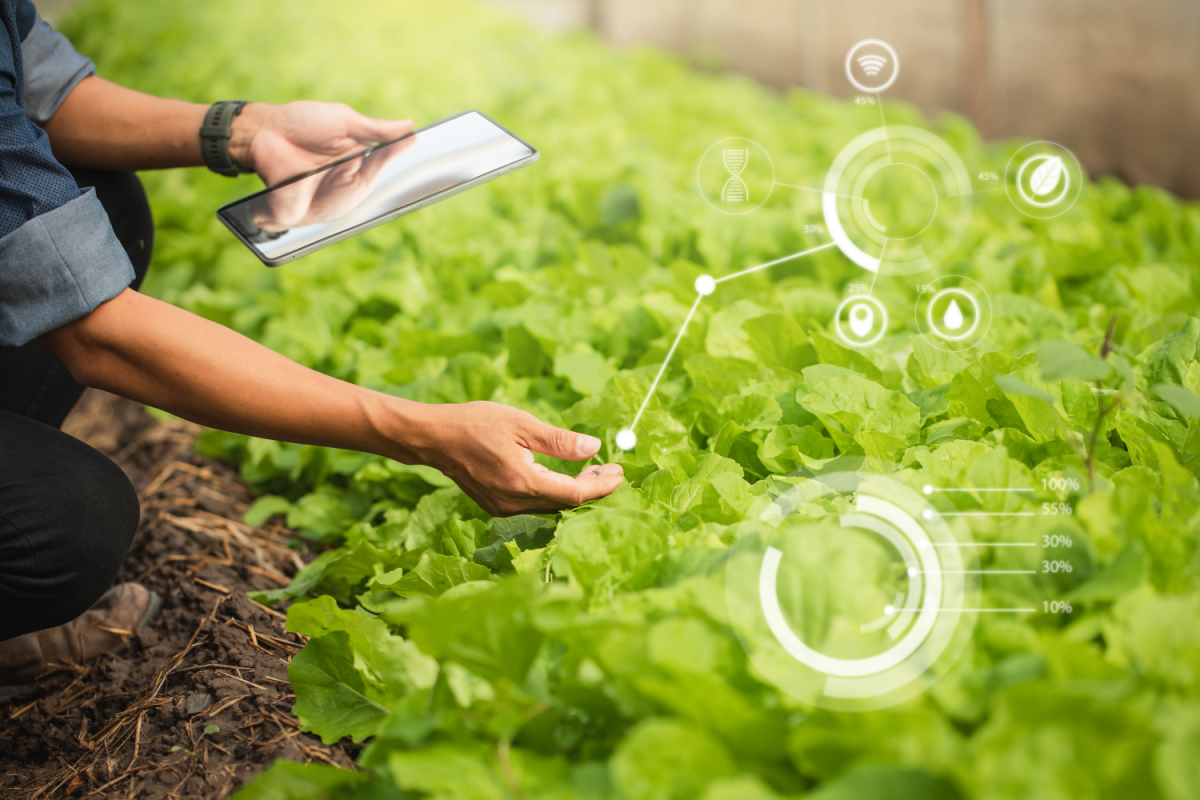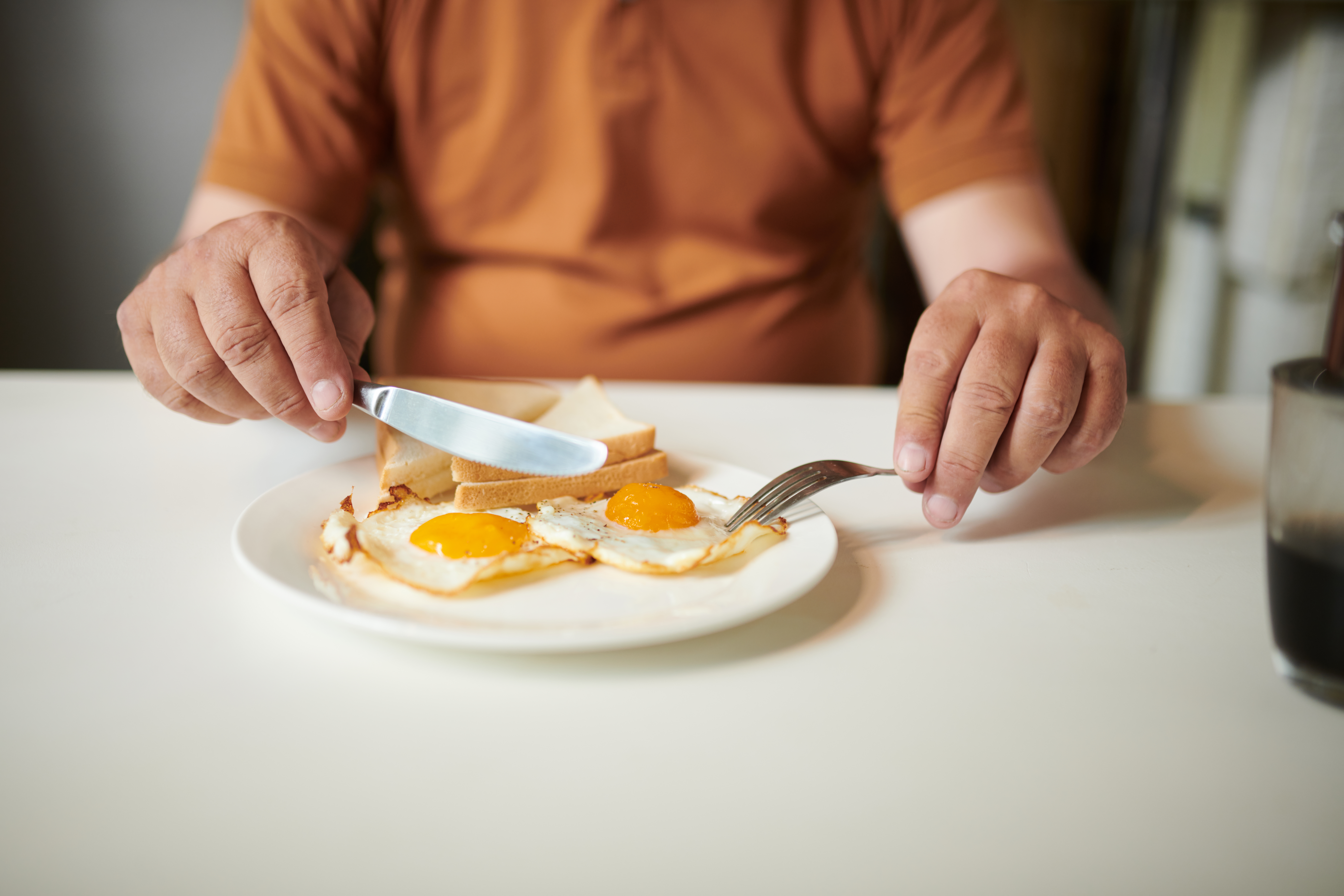Food processing and packaging solutions company Tetra Pak is partnering with synchrotron radiation laboratory MAX IV to launch the next generation of food packaging: fiber based packaging. The duo will uncover new insights into the nanostructure of fiber materials, with the first application to optimize the composition of materials for use in paper straws.
“The package of the future needs to be fully recyclable and have a low environmental impact,” said Eva Gustavsson, vice president materials & package at Tetra Pak, in a press release. “Using renewable materials and increasing the use of fiber-based material within packages will be vital. With this research, Tetra Pak is helping to uncover fresh insights into plant-based materials as a basis for future innovations.”
Tetra Pak and MAX IV’s research will serve as a basis for the development of new fiber based packaging that will be safe for food, recyclable, more durable against liquids and humidity as well as meet sustainability standards. This is the first industrial research and development experiment at ForMAX, a new research station dedicated to studying forest-based materials, located at the MAX IV lab in Sweden.
Related: Scientists Unveil Biodegradable, Antibacterial Food Packaging
What is Fiber Based Packaging?
Fiber based packaging, also referred to as paperboard packaging, is made from fibrous materials, typically virgin pulpwood, recovered paper from post-industrial sources or post-consumer waste. This material can include production waste, old corrugated boxes, folding cartons, bags and waste paper.
The growth of fiber based packaging has been driven by the strong demand for packaged merchandise, processed foods and other goods. And as the global demand for safe, nutritious food intensifies and the scarcity of raw materials intensifies, Tetra Pak says the need to develop more sustainable food packaging solutions that use less of these materials has become more urgent.
This is where fiber comes into play. Although it originated from trees, all of its parts are used according to their potential. For example, the thick timber is used for building materials or for furniture while the thin parts are made into paper. When properly managed through the process of growing and harvesting, trees are a renewable resource that are more sustainable than many other materials.
As such, fiber has become a popular material used across a wide range of industries and the fiber based packaging market is estimated to grow at a compound annual growth rate (CAGR) of 3.6 percent by 2025, according to Transparency Market Research.
Tetra Pak and Max IV’s “Ground-Breaking” Research
Tetra Pak says that by using MAX IV’s synchrotron radiation, it can develop currently deficient but important properties in paper straws. The same research will then be used to improve other forms of fiber based food packaging.
“Our first experiment, which starts with paper straws, provides additional analysis capabilities into how paper straw material responds to changes in the environment in real-time, as well as how the straw interacts with different types of liquids under stringent conditions,” said Eskil Andreasson, technology specialist, virtual modeling at Tetra Pak, in the same press release.
This isn’t Tetra Pak’s first endeavor into fiber based packaging. Last year, the company announced it plans to test a fiber based barrier to replace the aluminum layer in its food cartons.












Join or login to leave a comment
JOIN LOGIN